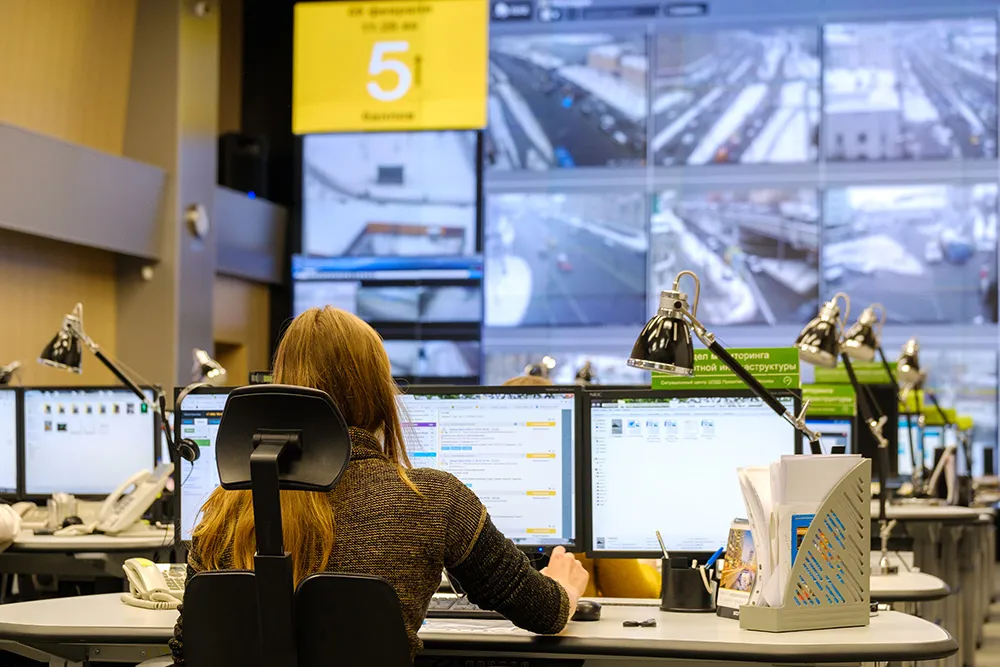The wireless sensors continuously measure and record tyre temperature and pressure, which is paired with other vehicle data and connected to Goodyear’s cloud-based proprietary algorithms to enhance overall fleet operations and predict when the tyres need service or replacement.
As part of the program with Tesloop, Goodyear is also extending its mobile fleet solutions to passenger vehicles, providing tyre maintenance and repair while Tesloop vehicles are at charging stations, during regularly planned downtime.
Tesloop operates a fleet of Teslas that average up to 17,000 miles per vehicle, per month. Its highest-mileage vehicle, a Tesla Model S in operation since 2015, recently exceeded 300,000 service miles. Goodyear has been working with Tesloop since January 2017 to study the effect of autonomous technologies on tyres.
Goodyear’s effort with Tesloop builds on its successful commercialisation of Goodyear Proactive Solutions for truck fleets, using advanced telematics and predictive analytics technology to allow fleet operators to optimise fuel efficiency and precisely identify and resolve tyre-related issues before they happen.
In addition to its fleet management offerings, Goodyear is also working with automakers to provide tyre information to vehicle control systems to enhance safety and performance.
Goodyear announces intelligent tyre trial for semi-autonomous fleet
Tyre manufacturer Goodyear is applying its expertise to a fleet of semi-autonomous electric cars, by equipping Tesloop, a city-to-city mobility service that exclusively uses Tesla electric vehicles, with wireless sensors in its tyres to improve overall tyre management and maximise uptime for its growing fleet.
The wireless sensors continuously measure and record tyre temperature and pressure, which is paired with other vehicle data and connected to Goodyear’s cloud-based proprietary algorithms to enhan
September 11, 2017
Read time: 2 mins
Tyre manufacturer 843 Goodyear is applying its expertise to a fleet of semi-autonomous electric cars, by equipping Tesloop, a city-to-city mobility service that exclusively uses 8534 Tesla electric vehicles, with wireless sensors in its tyres to improve overall tyre management and maximise uptime for its growing fleet.








